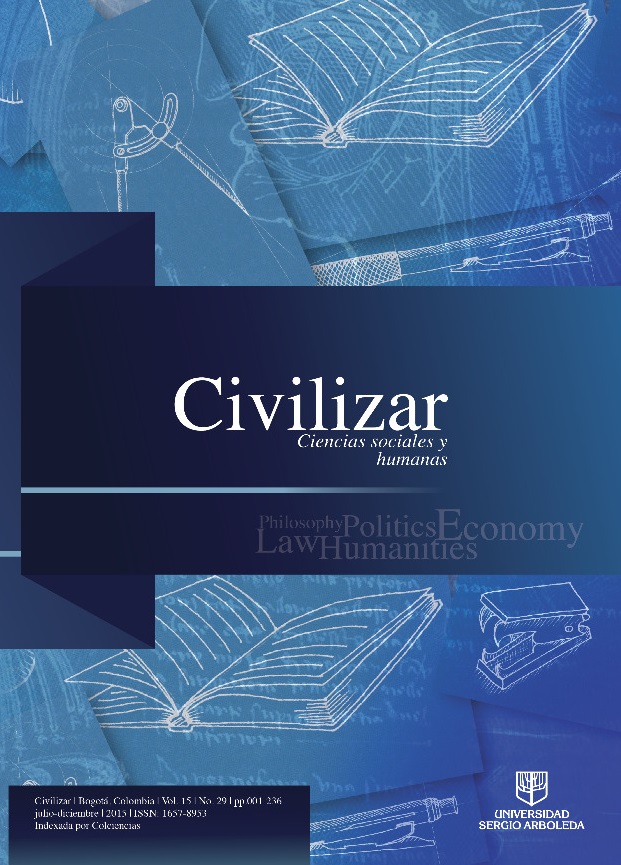Abstract
This paper analyzes and discusses the nature of the rural gentrification process that is taking place in the La Florida vereda (rural division) in Villamaría (Caldas) and Clarete vereda (Popayán, Cauca), Colombia. The cases studies examined allow a theoretical-conceptual and normative revision that contributes to clarify, from a comparative perspective, the rural gentrification processes that have been occurring in two intermediate cities in Colombia. On the one hand, an intensive residential process is revealed as the result of real estate speculation, which implies an increase in equipment, services and infrastructure (La Florida case). On the other, a documented process of territorial transformation implies a rearrangement of the relations between peasants and city professionals (Clarete case). Concepts such as rural gentrification, territoriality, territorialization, spatial planning and land-use planning are pertinent to account for what happens in the urban-rural border. At the methodological level, we rely on documentary and ethnographic territorial research achieved through workshops, open and structured interviews, observations, topographical tours, and cartography and photographic compendia.

This work is licensed under a Creative Commons Attribution-NonCommercial-NoDerivatives 4.0 International License.
Copyright (c) 2019 Journal Civilizar: Social and Human Sciences


